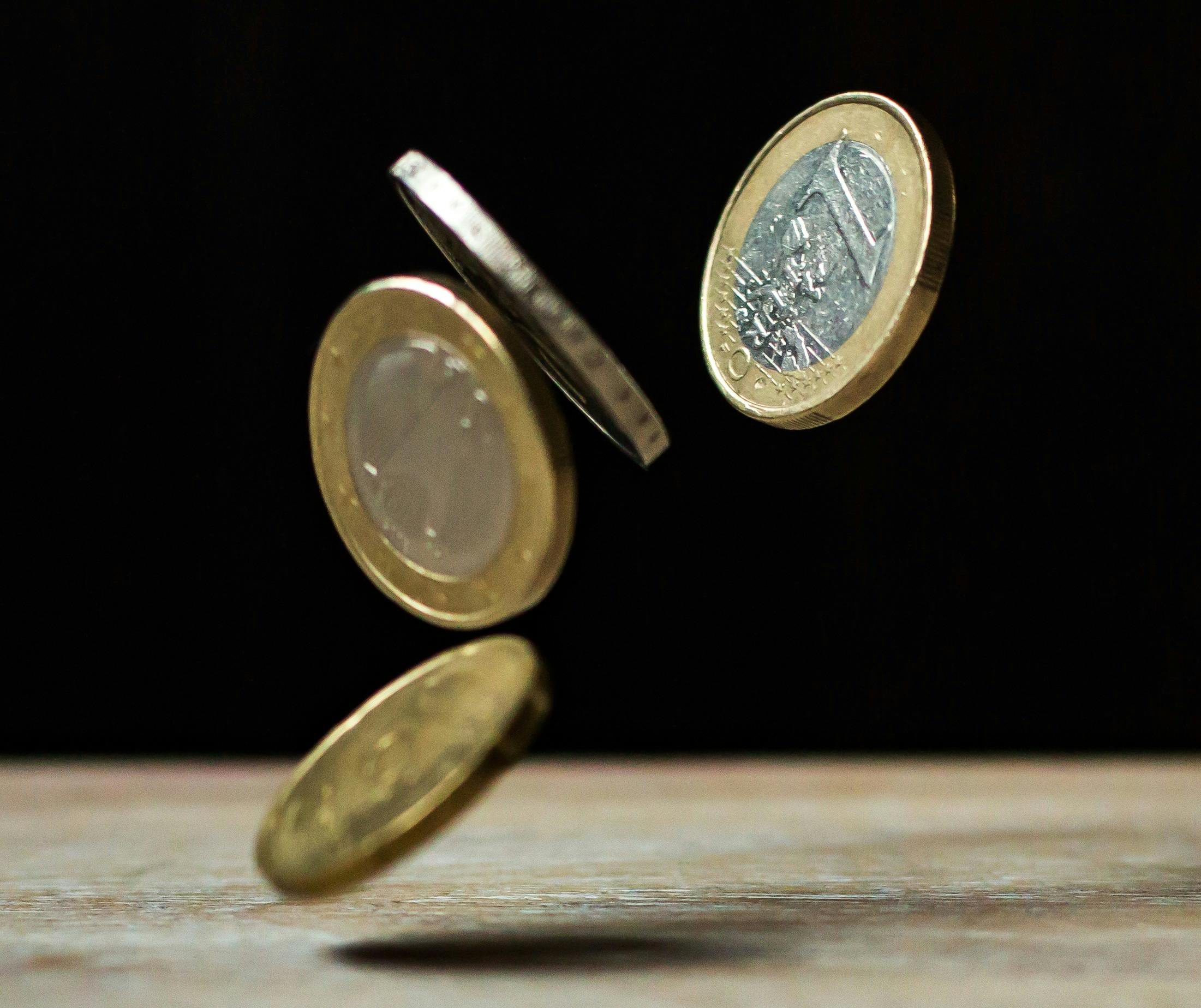On Wednesday, the European Commission’s statistics arm Eurostat released data showing Malta is leading in yearly industrial producer price growth.
Increasing by 1.8 per cent in November 2020 when compared with November 2019, Malta is amongst the only three nations to record an increase.
Hungary and Slovenia also experienced an increase at 1.1 per cent each.
No other EU nation saw growth, with Lithuanian industrial producer prices falling the furthest (-7.3 per cent), followed by Greece and Cyprus.
In the EU, energy sector industrial producer prices were worst hit, decreasing by 7.5 per cent, with intermediate goods and non-durable consumer goods falling by 0.6 and 0.1 per cent respectively.
Durable consumer goods and capital goods rose by 1.2 per cent and 0.8 per cent. Eurostat states that excluding energy industrial producer prices remained stable.
In comparison with October, EU industrial producer prices increased by 0.1 percent excluding the energy sector, with Denmark and France recording the highest increase (both 7.1 per cent) and Ireland the greatest decrease (1.4 per cent).
The year-on-year increase in industrial production prices seems to be good news for Malta, as it suggests that industrial production is continuing to experience demand despite the spectre of COVID that has decimated prices in other EU countries.
Top 5% of taxpayers responsible for one-third of all income tax paid in Malta
On the other hand, the bottom third of income earners pay just 1.7% of all income tax generated
The Malta Institute of Accountants prepares for its 2024 Anti-Money Laundering Conference
Held at the Radisson Blu, St Julians, this latest AML Conference promises to bring exclusive insights on new procedures
Eurozone interest rates to remain unchanged
The European Central Bank noted that price pressures remain persistent






